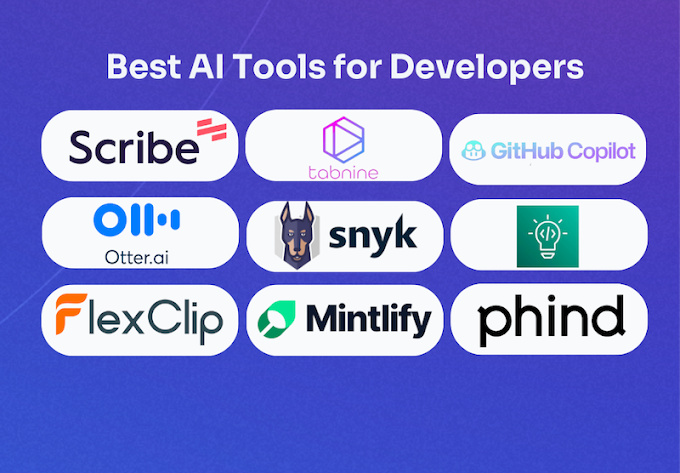 Cross-functional teams utilize a group of people with different sets of expertise to work towards a common goal. When it comes to data science, thinking differently, and having contrasting angles of analysis is essential to delivering well-rounded business insights. Create cross-functional data science teams for optimal success.
Cross-functional teams utilize a group of people with different sets of expertise to work towards a common goal. When it comes to data science, thinking differently, and having contrasting angles of analysis is essential to delivering well-rounded business insights. Create cross-functional data science teams for optimal success.
A data science cross-functional team may incorporate data scientists, analysts, predictive modelers and engineers – all working together towards a common goal. While this set-up can be an effective way of achieving tasks, cross-functional teams aren’t always successful.
Surveys from Strategy show that only six percent of employees working on these teams believe they’re consistently delivering impressive results. If your team doesn’t know that they are bringing you great value, they won’t do their best work. You and your business must be building a capable cross-functional team.
Regarding data science, a successful cross-functional team can help work across multiple modeling and prediction methods, utilizing different skills to produce business outcomes.
In developing an effective multi-layered data science team, there are specific steps you can take to ensure they deliver on your organizational needs.
1. Identify knowledge gaps (within your team) and hire accordingly.
When constructing a cross-functional data science team, it’s integral to understand where the gaps are and hire for exactly what your company needs. It’s important that you know your existing team’s strengths and weaknesses so that you can hire the best skillset to work within your team.
Whether you’re hiring in the retail industry, analyzing where you’re losing customers from your website, or in healthcare where patient data is being collated – your organization’s specific goals need to be outlined for particular roles in helping a team perform efficiently.
When you’re putting together the team, you need to look at the processes of designing, integrating, supporting, securing, deploying, and recycling. These functions help you focus on precisely what is required from the team’s work. After knowing what is required, you can hire the right fit for your team and recognize who can fill a role from your current workforce, with or without some upskilling.
2. Invest early in the process (i.e., plan ahead).
It’s quite easy to look at research and ask your cross-functional data science team to simply analyse it for appropriate outcomes. However, instead of providing more general goals for the team, you need to work with them to understand exactly what issues you’ll be targeting — and plan ahead.
It’s also essential to know that your team goals shouldn’t be solely short-term or immediate. Focusing on the building blocks for long-term capability is crucial to each industries success.
Forecasting what your business objectives are for the next financial year – or even further down the track – has a significant bearing on the construction of your data science team. Not only do they need to be cross-functional right now, but they need the capabilities to provide business success in the next three to five years.
3. Have a mix of specialists in your cross-functional team.
Rather than having all-rounders in your team who can wear many hats, it’s vital to target specialists who can all bring something different to the table.
Teams can utilize data science professionals, including:
- DevOps Engineers
- Data Scientists
- Data Engineers
- Product Developers
This mix of talent across the team not only allows people to achieve clear goals but also increases the team’s level of additional skills, working with specialists in other areas. What is the cost of keeping essential data to oneself? Whether by accident, or design, it’s estimated that not sharing data and knowledge with other team members can cost a business up to $8,000 per day. Establishing your teams with a culture of sharing and openness is vital to growth-hacking potential.
An example of Agile work is where teams utilize short-term “sprints” to work through clearly defined tasks. When tasks are defined with exactness, it leads to a focus where significant goals can be reached rapidly. Having the right mix in your cross-functional data science team is a key factor in creating successful work, particularly using Agile methodology.
Moving into a successful data science team.
Data science is an exciting and rapidly growing field being utilized by many organizations in pursuit of insights giving a decided edge in their businesses. Because of this, companies are looking at building cross-functional teams of qualified data science professionals to help fulfill a number of different needs.
Fulling personal and professional goals mean that your knowledge base needs to continue to expand.
The data science space will always require expert advice. Your business will benefit as you broaden your abilities in this area. Consider studying a Master of Data Science degree online. Whether you’re coming from an undergraduate data science background or you’ve already spent time working in IT or a data science-related workplace — an online Masters can rapidly place you in line for work in a cross-functional team.




0 Comments
Thanks for comment.